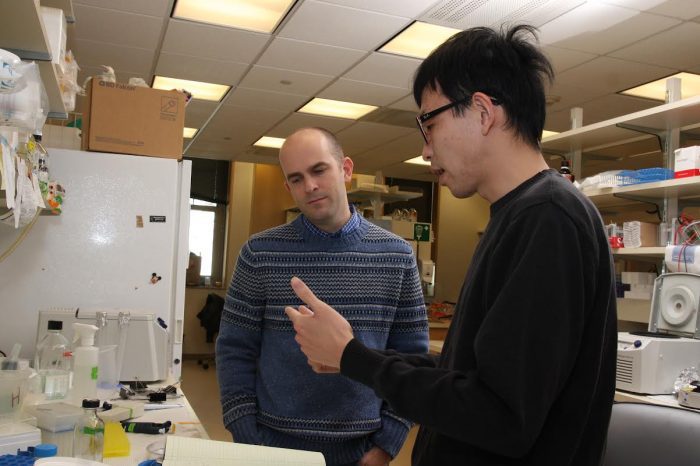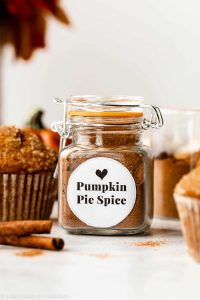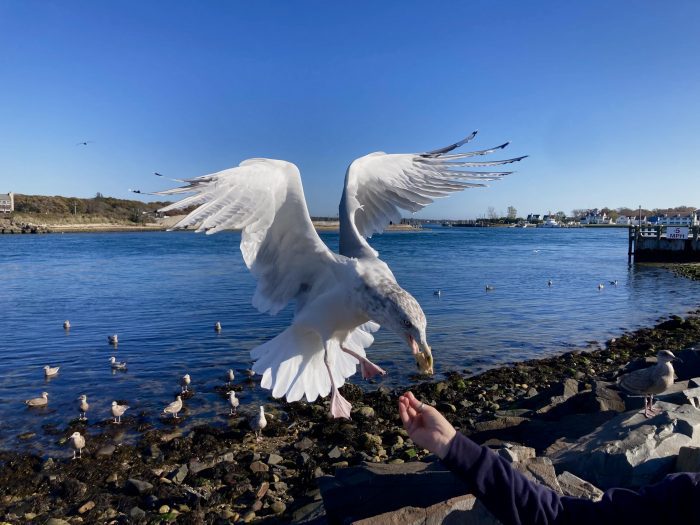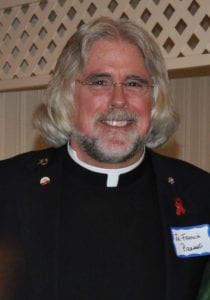Increasing tomato sauce consumption is a simple way to decrease your prostate cancer risk
By David Dunaief, M.D.

Welcome to “Movember,” a month dedicated to raising money to fund awareness and research initiatives focused on men’s health (1). An initiative of the Movember Foundation, its efforts have funded 1,320 men’s health projects globally, with focuses on mental health, suicide prevention, testicular and prostate cancer.
Its prostate cancer initiatives focus on early detection, treatment options, and quality of life considerations for different treatments. I’d like to add prevention options to the conversation. Regardless of your family history, you can reduce your risk of prostate cancer with some simple lifestyle changes.
How does obesity affect prostate cancer risk?
Obesity may slightly decrease the risk of nonaggressive prostate cancer; however, it may also increase your risk of aggressive disease (2). Because larger prostates make biopsies less effective, the study’s authors attribute a lower incidence of nonaggressive cancer to the possibility that it is more difficult to detect it in obese men. Ultimately, those who are obese have a greater risk of dying from prostate cancer when it is diagnosed.
Does consuming animal fat affect your risk?
There appears to be a direct effect between the amount of animal fat we consume and the incidence of prostate cancer. In the Health Professionals Follow-up Study, those who consumed the highest amount of animal fat had a 63 percent increased risk of advanced or metastatic prostate cancer, compared to those who consumed the least (3).
Also, in this study, red meat contributed to an even greater, approximately 2.5-fold, increased risk of advanced disease. If you continue to eat red meat, reduce your frequency as much as possible, targeting once a month or quarter.
In another large, prospective observational study, the authors concluded that red and processed meats increase the risk of advanced prostate cancer through heme iron, barbecuing/grilling and nitrate/nitrite content (4).
Should you cook your tomatoes?
Tomato sauce has been shown to potentially reduce the risk of prostate cancer. However, uncooked tomatoes have not demonstrated the same beneficial effects. It is believed that lycopene, which is a type of carotenoid found in tomatoes, is central to this benefit. Tomatoes need to be cooked to release lycopene (5).
As part of this larger study, 32 patients with localized prostate cancer consumed 30 mg of lycopene per day via tomato sauce-based dishes over a three-week period before a radical prostatectomy. Key cancer indicators improved, and tissue tested before and after the intervention showed dramatic improvements in DNA damage in leukocyte and prostate tissue (6).
In a prospective study involving 47,365 men who were followed for 12 years, prostate cancer risk was reduced by 16 percent with higher lycopene intake from a variety of sources (7). When the authors looked at tomato sauce alone, they saw a 23 percent risk reduction when comparing those who consumed at least two servings a week to those who consumed less than one serving a month. The reduction in severe, or metastatic, prostate cancer risk was even greater, at 35 percent. This was a statistically significant reduction in risk with a very modest amount of tomato sauce.
Unfortunately, many brands of prepared tomato sauce are loaded with salt, which has its own health risks. I recommend to patients that they either make their own sauce or purchase prepared sauce made with low sodium or no salt.
Do cruciferous vegetables help?
While results among studies vary, they all agree: consuming vegetables, especially cruciferous vegetables, helps reduce prostate cancer risk.
In a case-control study, participants who consumed at least three servings of cruciferous vegetables per week, versus those who consumed less than one per week, saw a 41 percent reduction in prostate cancer risk (8). What’s even more impressive is the effect was twice that of tomato sauce, while the intake was similarly modest. Cruciferous vegetables include broccoli, cauliflower, bok choy, kale and arugula, to name a few.
A separate study of 1,338 patients with prostate cancer in a larger cancer screening trial concluded that, while vegetable and fruit consumption did not appear to lower outright prostate cancer risk, increased consumption of cruciferous vegetables — specifically broccoli and cauliflower — did reduce the risk of aggressive prostate cancer, particularly of more serious stage 3 and 4 tumors (9). These results were seen with consumption of just one or more servings of each per week, when compared to less than one per month.
What about PSA screening?
In a retrospective analysis of 128 U.S. Veteran’s Health Administration facilities, those where Prostate-specific antigen (PSA) screening was less frequent found higher rates of metastatic prostate cancer (10). During the study period from 2005 to 2019, researchers found an inverse relationship between PSA screening rates and metastatic prostate cancer. When screening rates decreased, rates of metastatic cancer increased five years later, while in facilities where screening rates increased, metastatic cancer rates decreased.
While the study authors caution about extending these findings to the general population, they do suggest they could help inform conversations between men and their physicians about the value of PSA screening.
When it comes to preventing prostate cancer and improving prostate cancer outcomes, lifestyle modifications, including making dietary changes, can reduce your risk significantly.
References:
(1) www.movember.com. (2) Epidemiol Rev. 2007;29:88. (3) J Natl Cancer Inst. 1993;85(19):1571. (4) Am J Epidemiol. 2009;170(9):1165. (5) Exp Biol Med (Maywood). 2002; 227:914-919. (6) J Natl Cancer Inst. 2002;94(5):391. (7) Exp Biol Med (Maywood). 2002 Nov;227(10):886-93. (8) J Natl Cancer Inst. 2000;92(1):61. (9) J Natl Cancer Inst. 2007;99(15):1200-1209. (10) JAMA Oncol. 2022 Dec 1;8(12):1747-1755.
Dr. David Dunaief is a speaker, author and local lifestyle medicine physician focusing on the integration of medicine, nutrition, fitness and stress management. For further information, visit www.medicalcompassmd.com or consult your personal physician.

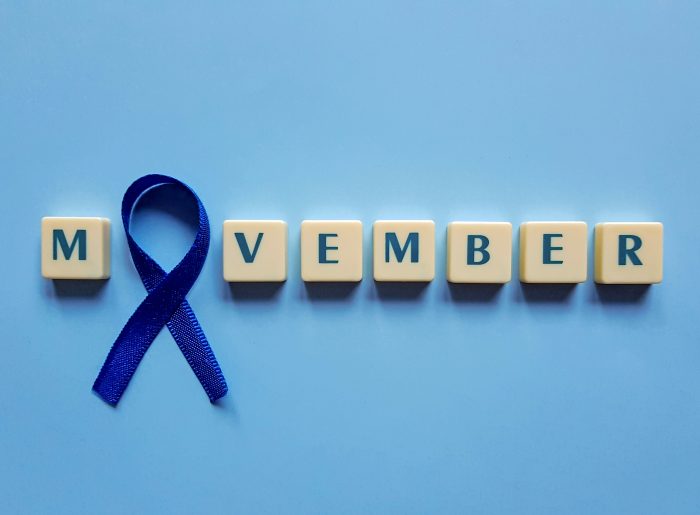

 Welcome to the 23rd edition of Paw Prints, a monthly column for animal lovers dedicated to helping shelter pets find their furever home.
Welcome to the 23rd edition of Paw Prints, a monthly column for animal lovers dedicated to helping shelter pets find their furever home.

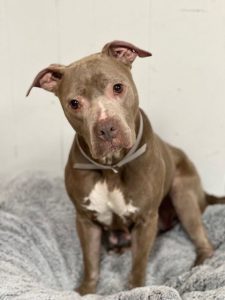






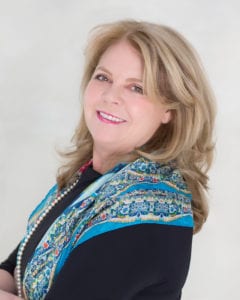

 If your children are grown and your mortgage is paid off, do you still need to carry life insurance?
If your children are grown and your mortgage is paid off, do you still need to carry life insurance?